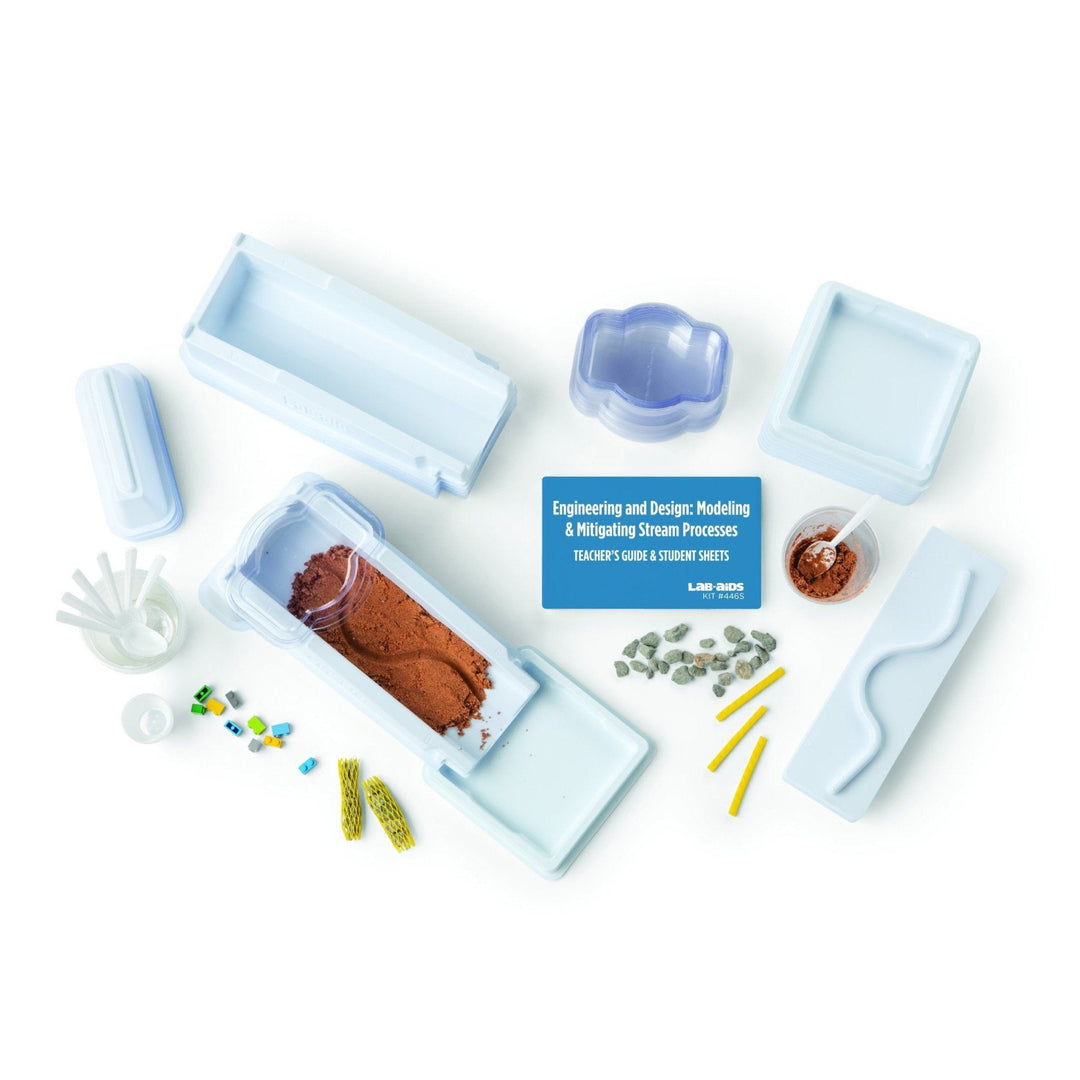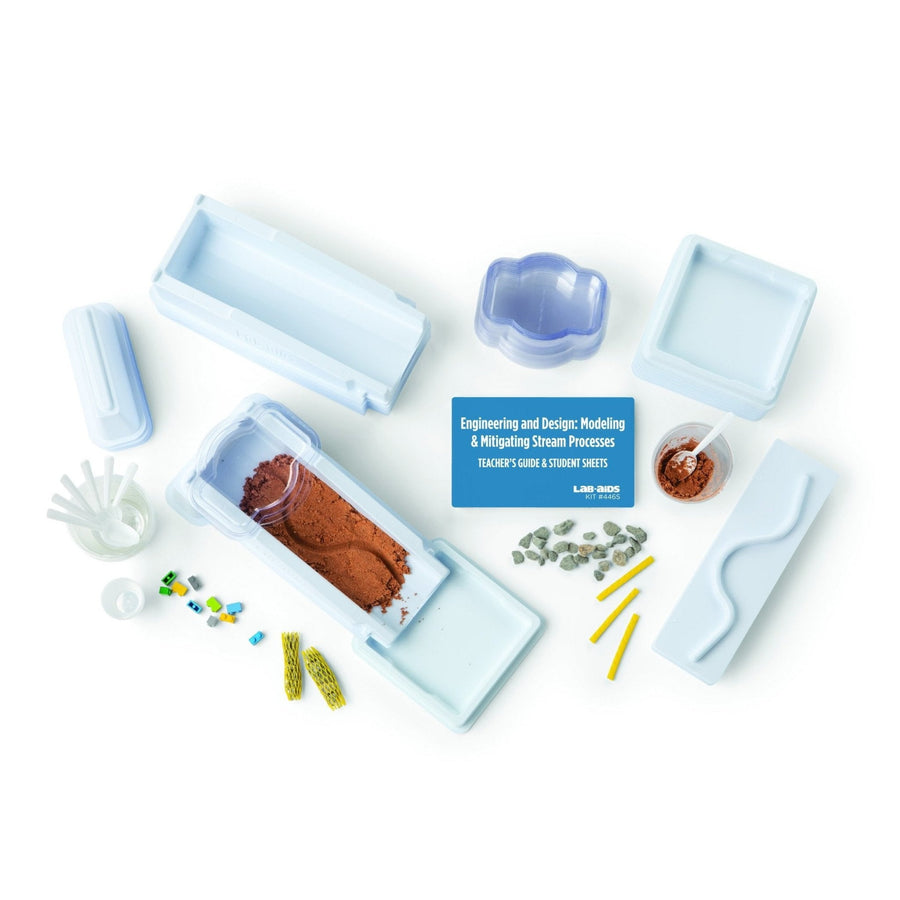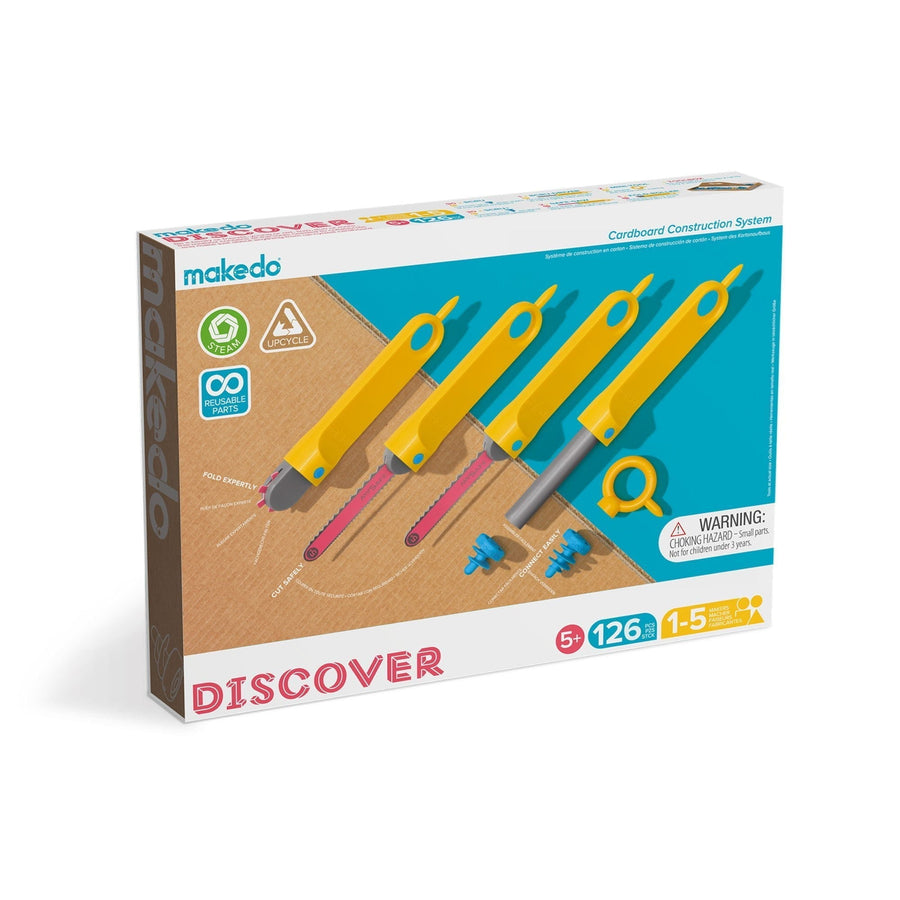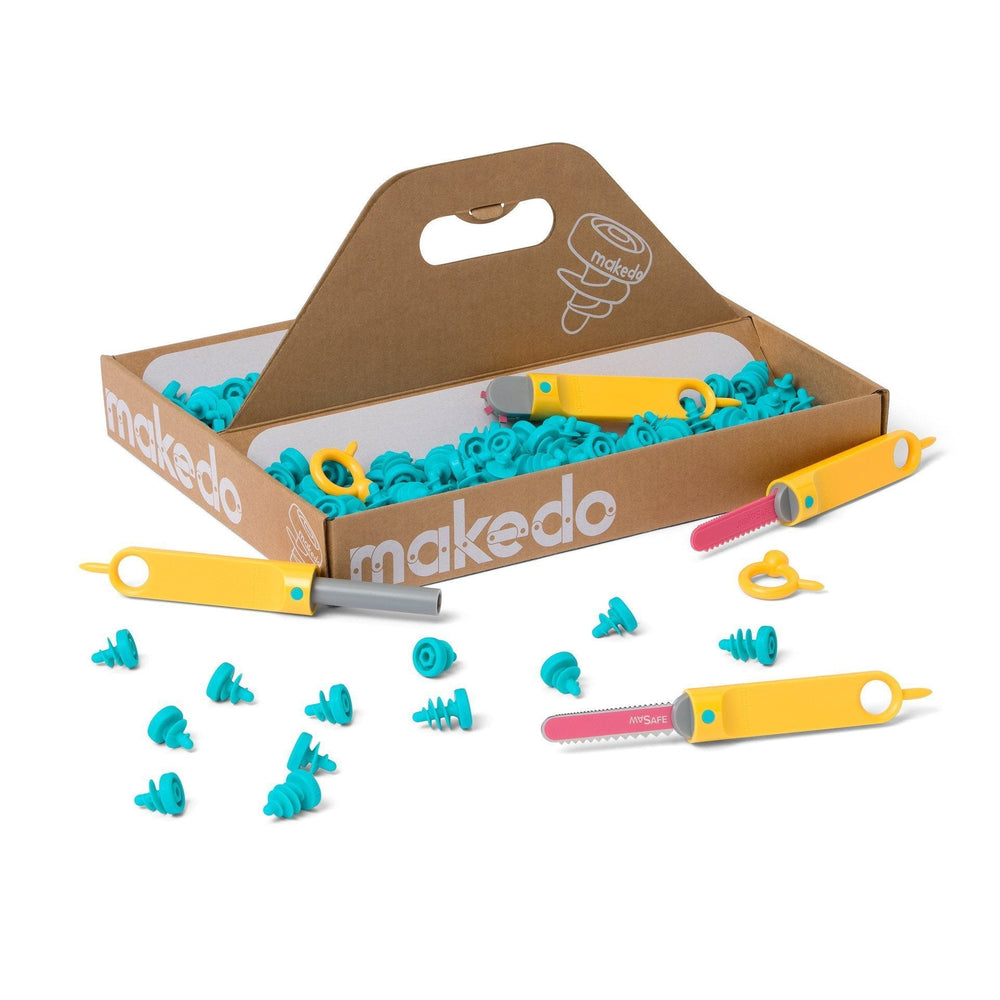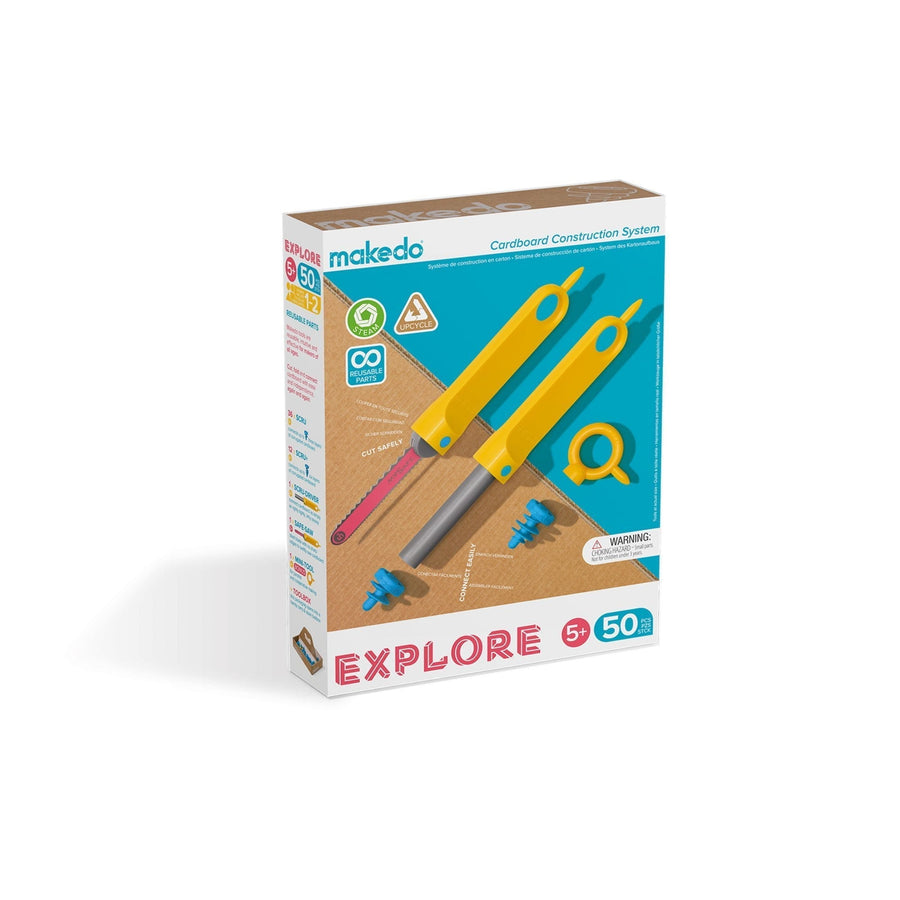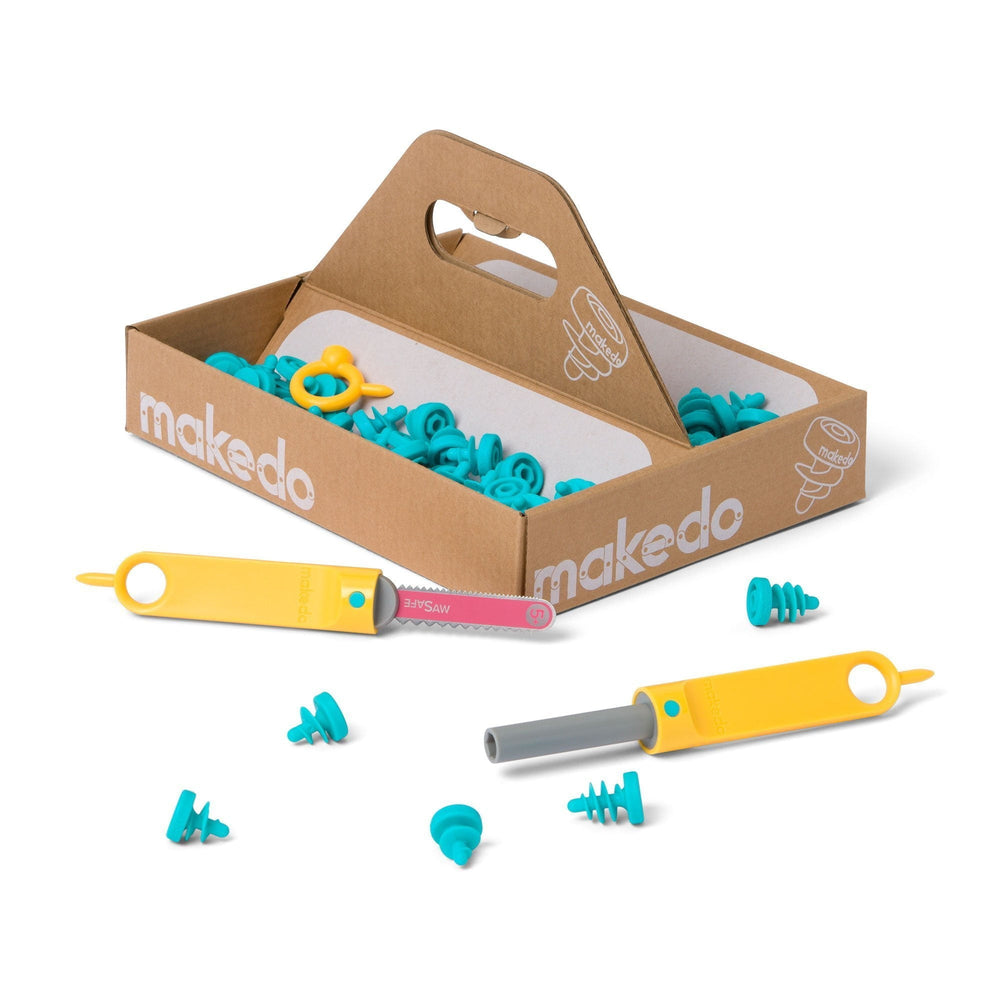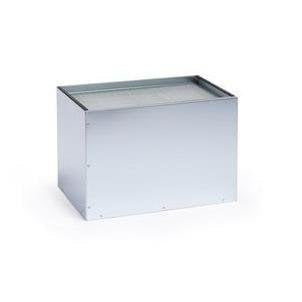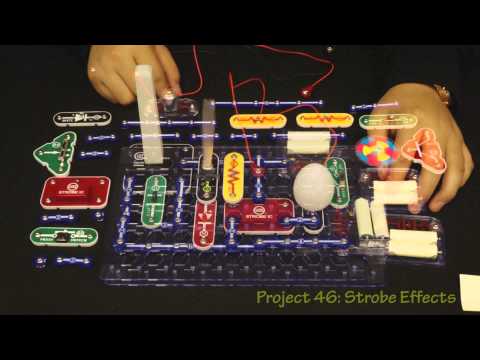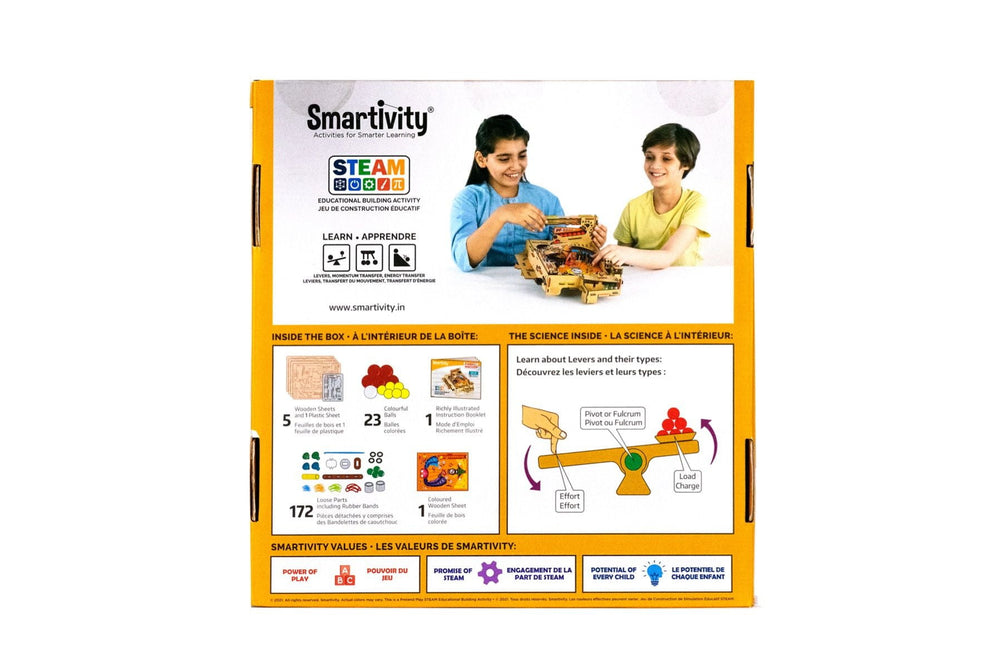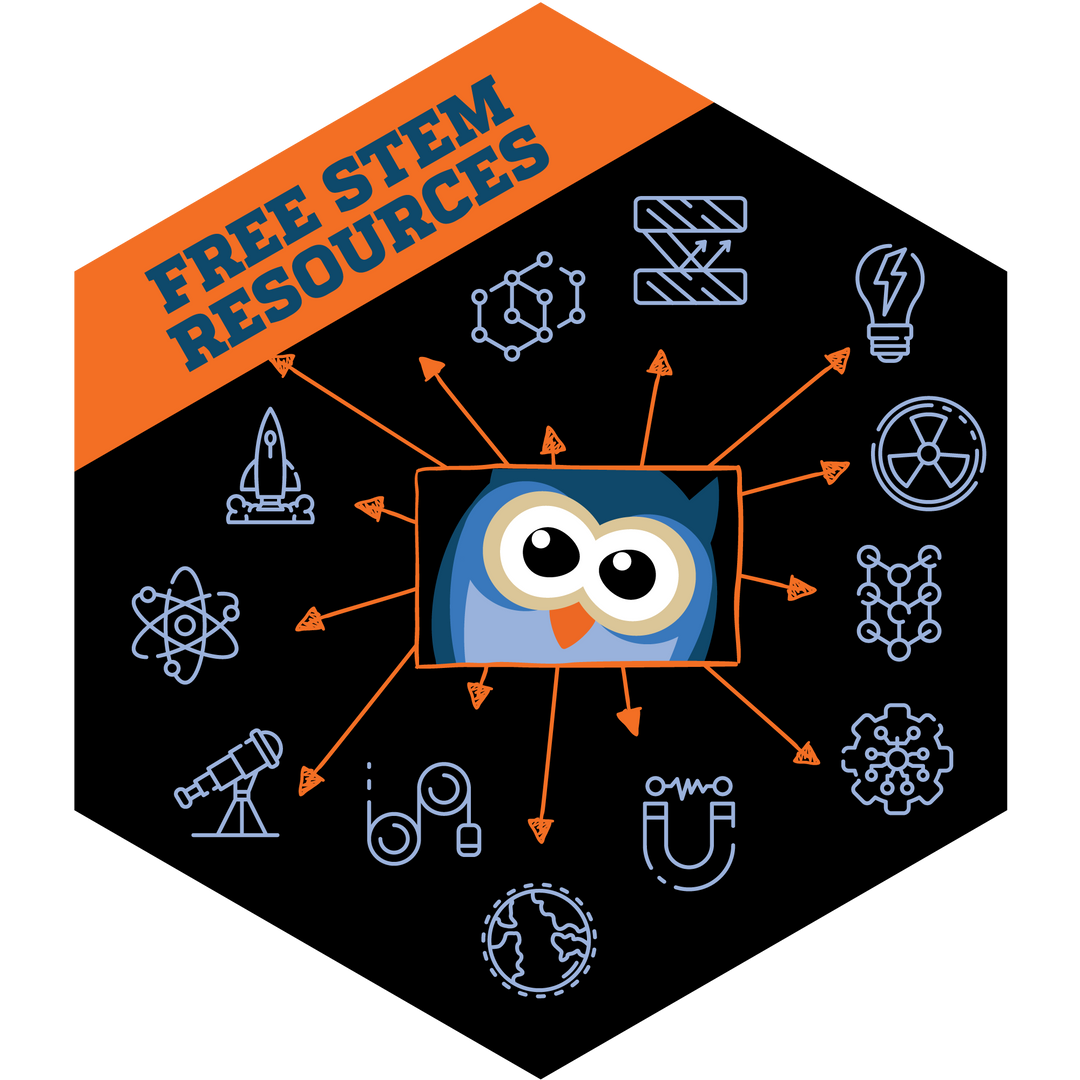Lab-Aids: Engineering & Design: Modeling and Mitigating Stream Processes (Developed by SEPUP)
- Grades: 6+
- Number of Students: 32
Students model the phenomenon of sediment movement in a river using a unique mini stream table that provides evidence for how geoscience processes change Earth’s surface.
In Part A, students investigate how the changing energy of flowing water erodes and deposits sediments to create common landforms.
Part B is an engineering design challenge where students use design criteria and constraints to design and test erosion-control structures. Based on the results of their initial testing, students redesign and retest their structures.
Accommodates two to three classes, each with 8 groups of 4 students.
Product Includes:
82 building bricks
16 mesh sleeves
8 Lab-Aids© 3-piece River Models (stream bed, stand, catch basin)
8 Lab-Aids© Rainmakers
8 Lab-Aids© Channel Makers
8 30-mL graduated cups
8 9-oz plastic cups
8 plastic spoons
1 1250-cc bag of Lab-Aids© Stream Sand
1 210-cc bottle of small rocks
32 Student Worksheet & Guides
1 Teacher's Guide
Scientific Concepts:
-
NGSS CORRELATIONS
Disciplinary Core Ideas
MS-ESS2.A Earth’s Materials and Systems: The planet’s systems interact over scales that range from microscopic to global in size, and they operate over fractions of a second to billions of years. These interactions have shaped Earth’s history and will determine its future.
MS-ESS2.C The Roles of Water in Earth’s Surface Processes: Water’s movements—both on the land and underground—cause weathering and erosion, which change the land’s surface features and create underground formations. Water continually cycles among land, ocean, and atmosphere via transpiration, evaporation, condensation and crystallization, and precipitation, as well as downhill flows on land. Global movements of water and its changes in form are propelled by sunlight and gravity.
MS-ETS1.A Defining and Delimiting Engineering Problems: The more precisely a design task’s criteria and constraints can be defined, the more likely it is that the designed solution will be successful. Specification of constraints includes consideration of scientific principles and other relevant knowledge that is likely to limit possible solutions.
Science and Engineering Practices
Asking Questions and Defining Problems: Define a design problem that can be solved through the development of an object, tool, process, or system and includes multiple criteria and constraints, including scientific knowledge that may limit possible solutions.
Constructing Explanations and Designing Solutions: Construct a scientific explanation based on valid and reliable evidence obtained from sources (including the students’ own experiments) and the assumption that theories and laws that describe nature operate today as they did in the past and will continue to do so in the future.Apply scientific ideas or principles to design an object, tool, process or system.
Developing and Using Models: Develop a model to generate data to test ideas about designed systems, including those representing inputs and outputs.
Crosscutting Concepts
Scale, Proportion, and Quantity: Time, space, and energy phenomena can be observed at various scales using models to study systems that are too large or too small.
Energy and Matter: Within a natural system, the transfer of energy drives the motion and/or cycling of matter.
Influence of Science, Engineering, and Technology on Society and the Natural World: The uses of technologies and any limitations on their use are driven by individual or societal needs, desires, and values; by the findings of scientific research; and by differences in such factors as climate, natural resources, and economic conditions. Thus, technology use varies from region to region and over time.
Stability and Change: Stability might be disturbed either by sudden events or gradual changes that accumulate over time.
Common Core State Standards—ELA/Literacy
RST.6-8.3: Follow precisely a multistep procedure when carrying out experiments, taking measurements, or performing technical tasks.


